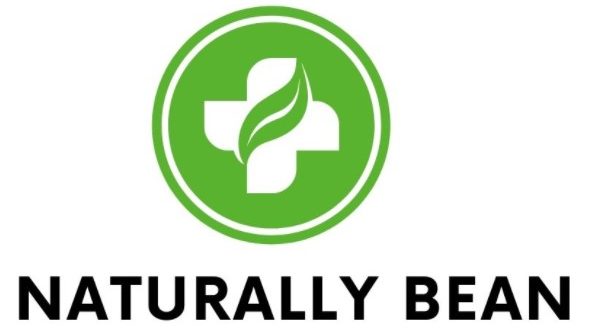Bubble wrap, the ubiquitous packaging material known for its delightful popping sound, has become a symbol of both protection and amusement. Created accidentally in 1957 by inventors Marc Chavannes and Al Fielding, bubble wrap has evolved from a failed wallpaper experiment into a versatile and beloved product.
The Birth of Bubble Wrap: Happy Accident
In the pursuit of creating a textured wallpaper, Chavannes and Fielding sealed two shower curtains together, creating a pattern of air bubbles. Despite its failure as a wallpaper, the duo recognized the potential of their creation in the packaging industry. In 1960, they founded Sealed Air Corporation and introduced bubble wrap as a packaging material.
Versatile Packaging Marvel: Protection and Insulation
Bubble wrap quickly gained popularity for its primary function: protecting fragile items during shipping. The air-filled bubbles act as a cushion, absorbing shocks and preventing damage to delicate items. This versatile packaging material is used in various industries, including electronics, glassware, and artwork transportation. Its ability to conform to different shapes and sizes makes it an ideal choice for safeguarding items in transit.
Not limited to protection, bubble wrap also serves as an excellent insulator. The trapped air in the bubbles provides a layer of thermal insulation, helping to regulate temperature. This quality has led to innovative applications in the construction industry, where bubble wrap is used as an insulating material in buildings.
The Joy of Popping: Stress Relief Unleashed
Beyond its practical applications, bubble wrap has gained immense popularity for an entirely different reason – the joy of popping. The satisfying sound of a bubble bursting under pressure has turned bubble wrap into a stress-relief tool for many. The act of popping bubbles has therapeutic benefits, offering a momentary escape from stress and anxiety.
Pop, pop, pop – the rhythmic release of tension as each bubble succumbs to pressure has made bubble wrap an unconventional but effective stress management tool. Recognizing this, some companies have even produced bubble wrap specifically designed for stress relief, featuring larger bubbles that emit an even more satisfying pop.
Environmental Considerations: The Bubble Wrap Challenge
While bubble wrap brings joy and protection, its environmental impact has raised concerns. Traditional bubble wrap is made from plastic, which is not biodegradable. The disposal of bubble wrap contributes to plastic pollution, prompting eco-conscious consumers to seek alternatives.
In response to environmental concerns, there has been a surge in the development of eco-friendly alternatives to traditional bubble wrap. Biodegradable and recyclable materials are being explored to maintain the protective qualities of bubble wrap while minimizing environmental harm. As consumers become more environmentally conscious, the demand for sustainable packaging solutions continues to grow.
Conclusion: Beyond Packaging
From its accidental invention to becoming a symbol of joy and protection, bubble wrap has journeyed far beyond its original purpose. Its versatility in packaging, insulating properties, and stress-relief benefits have made it a household name. As the world becomes more environmentally aware, the future of bubble wrap lies in the development of sustainable alternatives. Whether protecting delicate items during shipping or providing a moment of stress relief through popping, bubble wrap remains a fascinating and enduring part of modern life.
